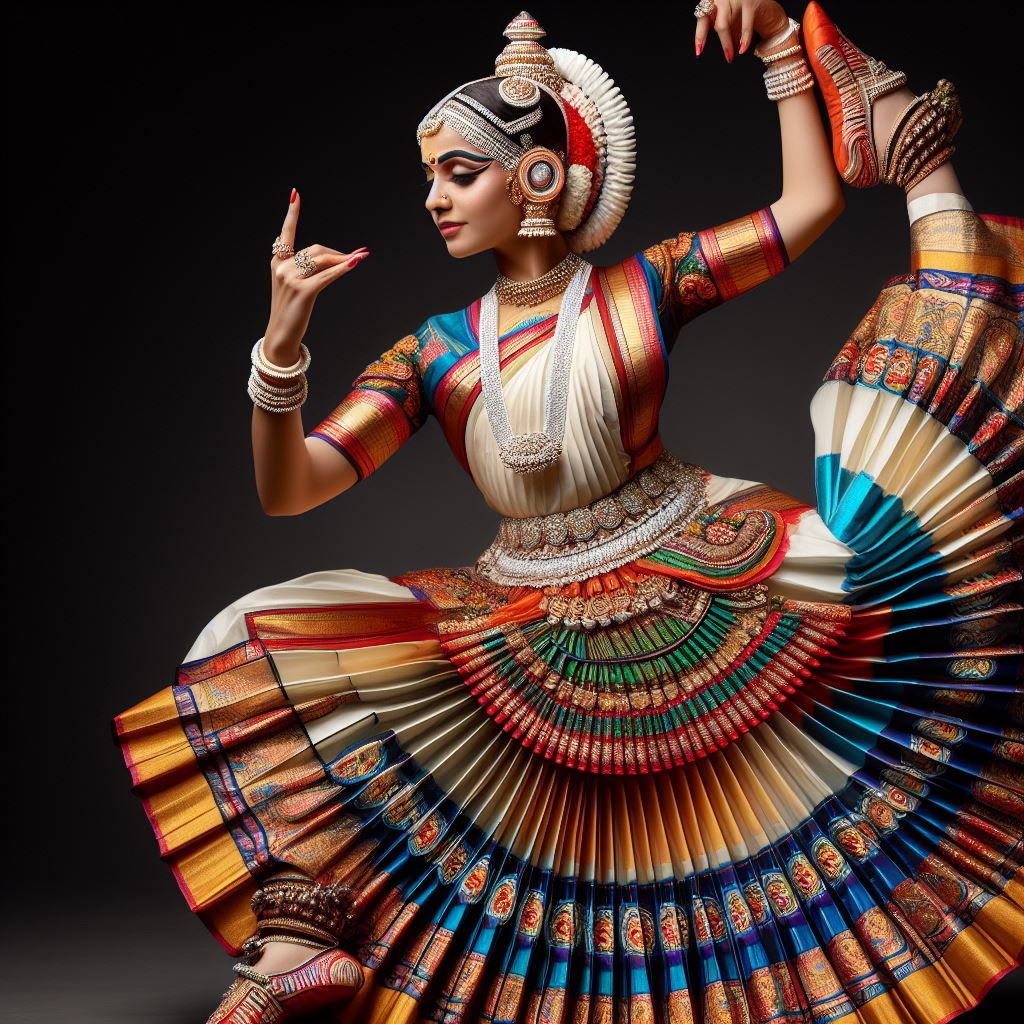Introduction:
Welcome to the enchanting world of Kuchipudi, a classical dance form that traces its origins to the southern state of Andhra Pradesh, India. Combining elements of dance, music, and drama, Kuchipudi is renowned for its vibrant energy, intricate footwork, and expressive storytelling. In this blog post, we embark on a journey to explore the rich history, unique techniques, and cultural significance of Kuchipudi.
History and Origins:
The roots of Kuchipudi can be traced back to the ancient village of Kuchipudi in Andhra Pradesh, where it originated as a form of devotional art performed in temples and village gatherings. Over time, Kuchipudi evolved into a sophisticated dance-drama tradition under the patronage of royal courts and aristocratic families, blending elements of classical dance with folk traditions and regional customs.
Technique and Elements:
Kuchipudi is characterized by its dynamic footwork, intricate hand gestures, and graceful movements, which are accompanied by rhythmic percussion and melodic compositions. The dance repertoire includes both pure dance (nritta) and expressive dance (nritya), with performers seamlessly transitioning between intricate patterns and emotive storytelling. Kuchipudi also incorporates elements of mime, dialogue, and character portrayal, adding depth and complexity to its performances.
Dance-Dramas and Narratives:
Central to Kuchipudi is its repertoire of dance-dramas, known as Yakshagana or Bhagavata Mela Natakam, which draw inspiration from Hindu mythology, epics, and folklore. These narratives often revolve around the divine love of gods and goddesses, the triumph of good over evil, and the valor of legendary heroes. Through its expressive storytelling and theatrical techniques, Kuchipudi transports audiences to the mythological realms of ancient India, evoking a sense of wonder and reverence.
Costumes and Makeup:
One of the striking features of Kuchipudi is its elaborate costumes and makeup, which add to the visual splendor of the performance. The dancers are adorned in colorful silk attire, intricately embroidered with traditional motifs and designs. The makeup, characterized by bold colors and exaggerated features, helps distinguish characters and enhance their dramatic impact on stage.
Contemporary Relevance:
While rooted in tradition, Kuchipudi continues to evolve and adapt to the changing times, with contemporary dancers exploring new themes, choreographic styles, and collaborative ventures. From traditional solo performances to experimental fusion projects, Kuchipudi artists are pushing the boundaries of creativity and innovation, while staying true to the essence of this timeless tradition.
Conclusion:
In conclusion, Kuchipudi stands as a testament to the rich cultural heritage and artistic ingenuity of Andhra Pradesh, India. Through its vibrant energy, intricate technique, and expressive storytelling, Kuchipudi captivates audiences with its timeless tales of love, valor, and divine grace. As we celebrate the legacy of Kuchipudi, let us continue to cherish and preserve this ancient dance-drama tradition, ensuring that its beauty and significance endure for generations to come.

